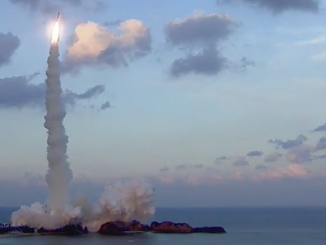
On 2 October one of the most spectacular events in nature takes place. A annular eclipse, popularly described as a ‘Ring of Fire’ eclipse, is visible along an east-to-west orientated path in the far south of South America, crossing Chile and Argentina. Unlike at a total eclipse of the Sun, the Moon’s shadow stops just short of Earth’s surface, leaving a thin band of the Sun’s blinding photosphere encircling the Moon’s silhouette.

The eclipse takes place between 15:43h and 21:47h UT, with the maximum duration of the annular eclipse lasting seven minutes and 25 seconds. At the western coast of Chile, there’s an annular eclipse of more than 6 minutes at about 5.23pm local time.

A diminishing magnitude partial eclipse can be seen northwards across South America, with the zone of visibility’s northern extent passing just north of Lima, Chile, and in Brazil between Sao Paulo, which sees an eclipse, and Salvador, north of the line. South of the centre track, the partial phases extend into Antarctica.

Buenos Aires, Argentina, sees a partial eclipse, with 53.3% of the Sun’s diameter (eclipse magnitude) hidden by the Sun at 5.37pm local time. The Sun sets before the end of the eclipse. In Sao Paulo, Brazil, the Sun is just 15° up at the beginning of the partial eclipse (20.3%) at 4.57pm. Santiago, in Chile, fares better, with the entirety of the eclipse is visible and 54.9% of the Sun hidden at maximum eclipse at 4.25pm




